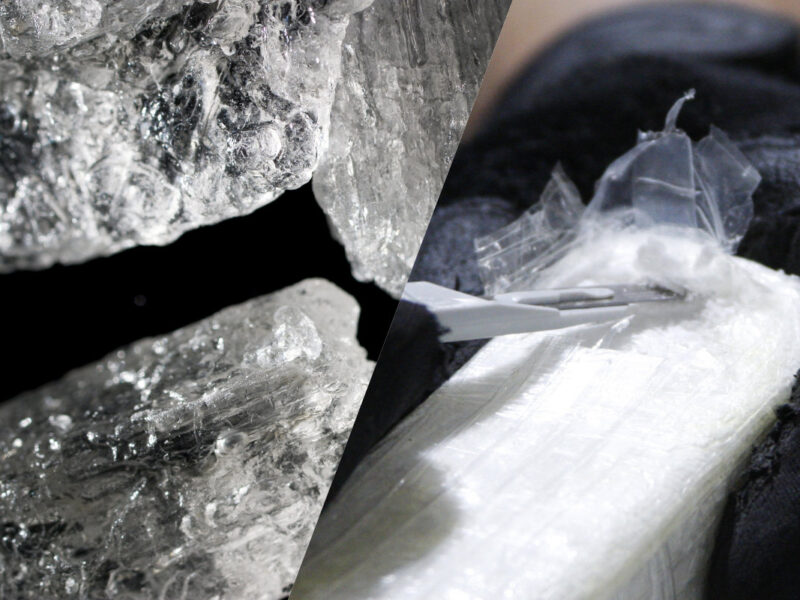In a criminal case of peculiar facts, a detailed analysis of the medical evidence may help paint a complete picture of what happened.
In FLCC 764/2021, Mr Gordon Chan prosecuted a prisoner for biting the finger of a prison officer inside an interview room. After a three-and-a-half-day English trial, the defendant was convicted of assault occasioning actual bodily harm (commonly known as AOABH).
While there is no dispute that the prisoner bit the prison officer, she alleged she was pepper-sprayed and kicked by two officers less than two minutes after she was brought to the room, and in the struggle, she accidentally bit one of them.
Although the prisoner was sprayed and suffered bruises, her two medical reports from the emergency room and prison hospital showed a different story. When she was initially examined at a public hospital, only the finding of “tenderness” was recorded. When she was discharged from the public hospital three days later and again medically examined in a prison hospital, numerous bruises and abrasions were found.
In convicting the prisoner, the learned Magistrate accepted that the two medical reports were substantially different. It is improbable that a doctor would miss an assortment of visible injuries while finding tenderness. It is thus possible that at least the abrasions were inflicted after the incident, and therefore what happened between the three persons inside the room cannot be how the defendant had described.
This case is a reminder that medical evidence can be pivotal even in a seemingly ordinary case of assault.
Gordon Chan, Esq
Barrister-at-law, Archbold Hong Kong Editor on Public Health, and Member of the Bar Association's Committee on Criminal Law and Procedure. Specialised in medical, technology and criminal law.



